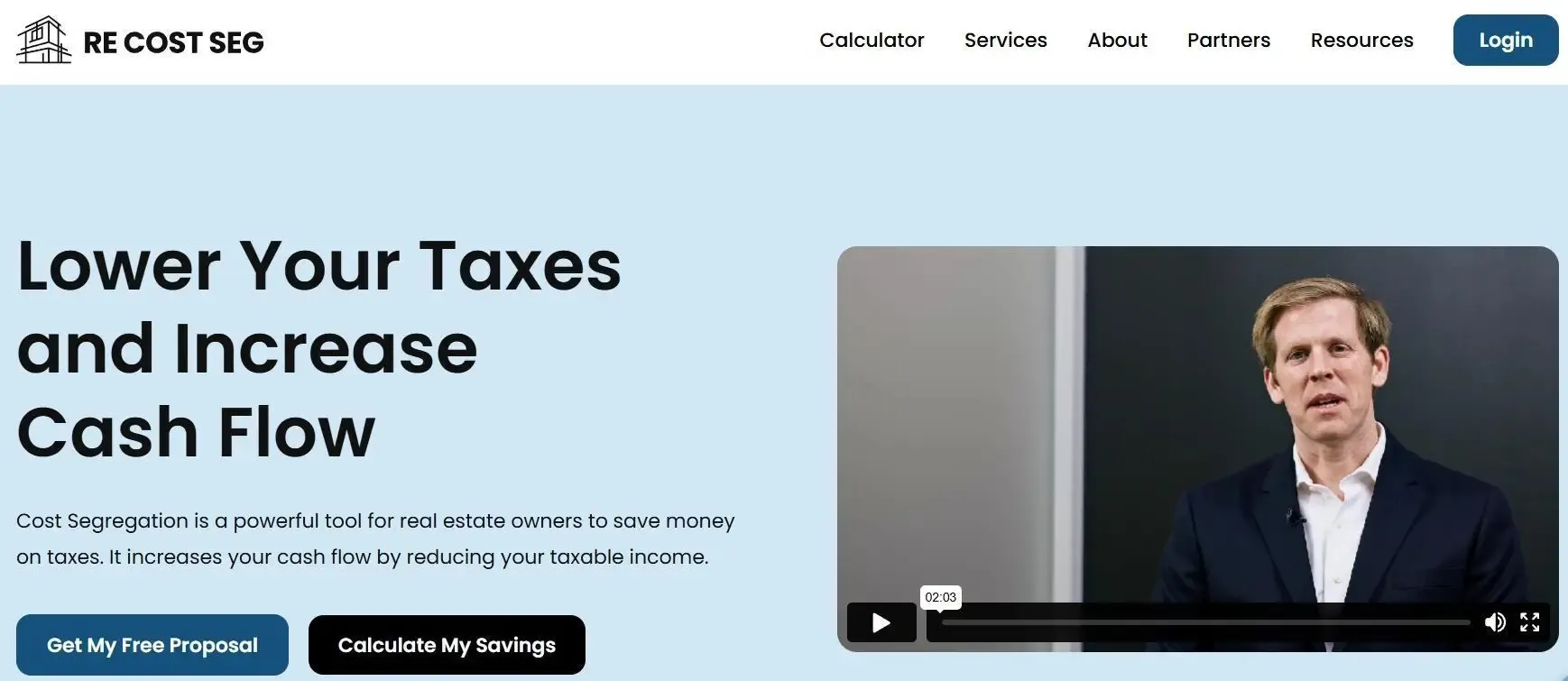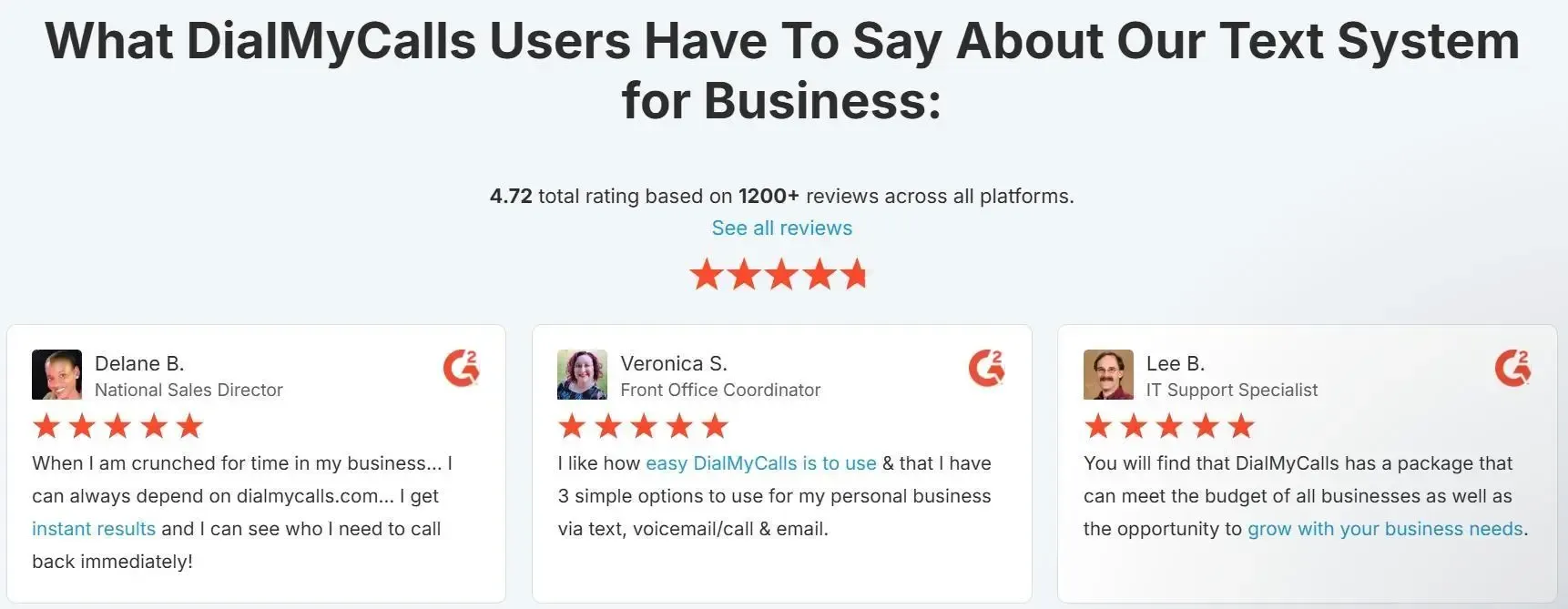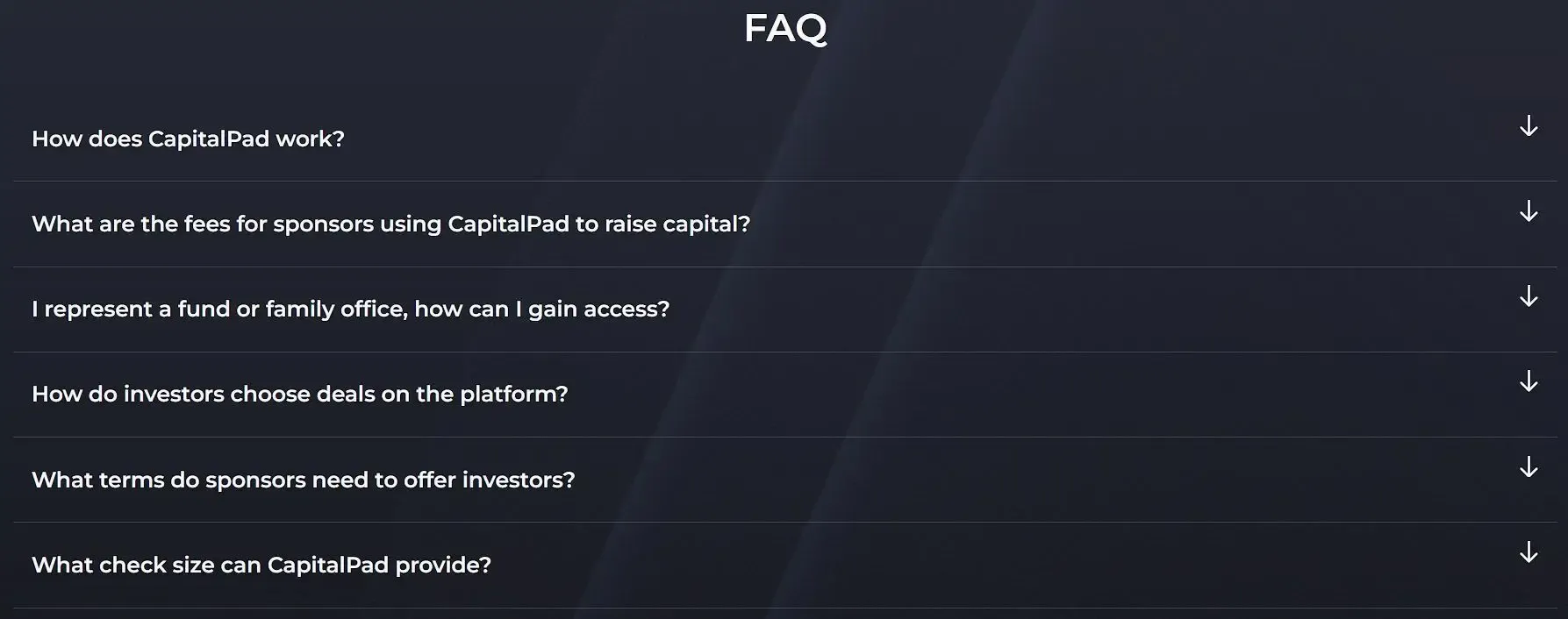
Start Small, Grow Smart: Building Brand Equity Through Content
Build brand equity without a big budget by using smart content strategies. Simplify complex ideas with videos, leverage user-generated content, offer valuable free resources, address user concerns, and use interactive tools to engage. Consistent, clear, and helpful content builds lasting trust and recognition in a competitive market.
Published On: 25 July, 2024
4 min read
Table of Contents
When people think about brand equity, they often picture large-scale campaigns, sophisticated tools, and a full team running the show. That’s not how most of us start.
The truth is, you can build a strong brand with a small setup as long as you’re focused, consistent, and patient. Content is the tool that helps you get there. It works in the background, doing the slow, steady job of building trust, recognition, and value.
You don’t need to publish every day. You don’t need to be everywhere. You just need to know what matters to your audience and show up with content that makes sense to them. The goal isn’t to go viral or chase numbers but to build something that lasts.
This article will walk you through how to grow your brand equity step by step using content. Let’s explore how to turn the advantage it brings into lasting brand value.
Simplify Complex Ideas with Short, Clear Videos
If your product or service takes more than a few sentences to explain, video can carry the load. Instead of expecting people to scroll through walls of text, give them something that explains the key points in under two minutes. When producing a video, include your logo for recognition and consistency, which can be created with a logo maker.
Almost every video marketer agrees – video helps increase brand awareness. That’s because it gets the message across faster, holds attention longer, and sticks in people’s memory better than written content alone.
This doesn’t mean you need a big production budget. What matters is clarity.
Here’s how to achieve that:
- Start by writing a script that mirrors your elevator pitch.
- Then, map it to a visual plan: quick shots of your product, process, or team at work.
- Keep the pace tight. One idea per sentence. Don’t try to cover everything, just the essentials.
- If you’re covering a technical or dry topic, anchor it with one relatable use case.
- Focus on answering the questions your ideal client is already asking. What do you do? Who is it for? How does it work? Why should they care?
- Keep the language simple and direct.
- Add captions so people can watch without sound.
- Use real people when possible: founders, team members, or clients.
- Skip the fluff and aim for information someone can actually use or act on.
RE Cost Seg, a company that offers cost segregation services to real estate owners, does this well. Their homepage features a single video that explains what they do, the value they bring, and includes client testimonials, all in one go.
Instead of overloading the page with dense explanations or layered design, they let the video do the work. That gives visitors the full picture quickly, builds trust right away, and makes the service feel more accessible.
That’s a smart move for any business working with complex information.
Source: recostseg

Leverage User-Generated Content to Build Trust
User-generated content (UGC) works because people naturally trust their peers’ recommendations more than they trust advertising narratives. Reviews, testimonials, screenshots, or any kind of customer-submitted content can have a real impact on purchase decisions. Over time, they help shape how your brand is perceived.
Studies consistently show that UGC boosts brand equity and plays a strong role in shaping buying intent.
Here’s how to make this work:
- Don’t just collect feedback. Use it. Add short, clear testimonials to your service pages, highlight customer reviews in newsletters, or share screenshots of real user feedback on social platforms.
- You don’t need to wait for perfect reviews either. Even a short sentence like “It saved me hours every week” carries weight when it’s real and direct. The key is to show that actual people use and value what you offer.
- Stick to content that’s relevant and specific.
- Group reviews by use case or industry, especially if your product serves a wide range of customers. You can even source region-specific content by working with local UGC creators to keep messaging aligned with the audience you’re targeting.
- Keep the formatting clean.
- Display a name and company (if available), and include a logo or star rating if it comes from a review platform.
- Most of all, don’t hide it. Place UGC in parts of your website where decisions happen, such as on product pages, near pricing, or alongside call-to-actions.
DialMyCalls, a platform that provides mass text messaging for businesses, makes great use of this strategy. On their business texting service page, they feature a section with user reviews pulled from G2, a third-party review site for software.
This gives visitors a quick pulse on how real users feel about the platform, right where it matters. It also signals confidence, transparency, and a focus on customer experience.
Featuring user feedback like this builds credibility, lowers friction, and supports long-term brand trust.

Source: dialmycalls.com
Build Authority by Offering Free, High-Value Resources
If you want to build trust before the sale, give something useful away first. Free resources, like guides, checklists, templates, or reports, show that you understand your audience and know how to help.
When done right, they position your brand as helpful and informed, not just promotional. Over time, that adds to your brand equity by making you the go-to source in your space.
But not all freebies work. A good resource needs to solve a specific problem or answer a real question your target audience faces.
Here’s how to do it:
- Start by selecting one topic your audience searches for again and again. What do they struggle to find clear answers on?
- Then, create something that addresses it directly.
- Avoid fluff. Make it short, well-designed, and easy to scan.
- Add a quick intro explaining what’s inside and why it matters.
- Keep it practical, focused, and easy to access.
- Place it where it makes sense, such as on your homepage, in blog posts, or within email flows.
- Don’t overcomplicate the task. A (company) name and an email are enough. The goal isn’t to collect data for the sake of it but to start a useful relationship that earns trust over time.
Somewhere, a platform that helps businesses outsource remote employees, masters this approach. On their homepage, they feature a free global salary guide that businesses can download by submitting just their company name and email.
This resource is highly relevant to their audience (companies hiring internationally) and delivers immediate value. Instead of pushing a sales pitch, they lead with useful information. That makes visitors more likely to trust the brand, remember it, and return when they’re ready to act.
Giving before asking is simple, but it works, especially when what you’re giving actually helps.

Source: somewhere
Address Every Concern Before It Becomes a Barrier
When people visit your website, they’re not looking only for information. They’re searching for clarity as well. The more complete and transparent your content is, the easier it is for someone to trust your brand.
That trust plays a key role in brand equity. If someone leaves your site feeling confused or unsure, they’ll look elsewhere. But if they find clear answers to every question they had in mind, they’ll remember you for making the process easier.
Covering all the details doesn’t mean that you should overwhelm your reader. You just need to be more thoughtful about the structure.
Here’s how to do that right:
- Start by mapping out what people usually ask before making a decision.
- Break those questions into categories.
- Answer each one directly, using simple language.
- Then, place the information in a way that lets readers choose their own depth. Display surface-level summaries up top and expandable sections or FAQs below.
- Keep answers short, honest, and jargon-free.
- Don’t bury key info behind downloads or vague descriptions.
- If your service has limits or requirements, say so.
- If pricing depends on context, explain how it’s typically calculated. This kind of content reduces friction and builds credibility.
CapitalPad, a platform that connects investors with investment opportunities, applies this tactic effectively. On a landing page focused on helping independent sponsors secure capital, they lay out detailed information tailored for that specific audience.
To avoid clutter, they include a collapsible FAQ section that answers targeted questions. This is a useful tool for visitors who want specifics without reading through the whole page. The structure respects the reader’s time and curiosity. It gives enough context to help someone move forward without reaching out for basic info.
This kind of content builds confidence, improves experience, and positions your brand as one that communicates clearly.

Source: Capitalpad
Create Content That Invites Participation
Interactive content gives people something to do, not just something to read. That small shift matters. It turns passive browsing into active engagement.
Around 70% of marketers say interactive content converts moderately or very well, compared to just 36% for static content. It helps users get involved, learn something useful, and feel more confident about their next step.
Done right, interactive tools provide real value while moving people closer to a decision. Think calculators, quizzes, product selectors, or assessments. They should be easy to use, fast to complete, and directly tied to your service.
Here’s how to make that work:
- Start by discovering where your users tend to stall. Is there a decision they struggle with or a number they need to figure out?
- Build a simple tool that helps them move forward.
- Don’t overload it with too many questions.
- Keep it focused and make sure the output feels personalized.
- Test where and how you present it. Decide between the homepage, landing page, or as part of an onboarding flow.
- Keep the interface clean. Use plain language and make the outcome clear and helpful.
- Most importantly, pair the result with a logical next action, like a personalized CTA, sign-up form, or consultation option.
Hims, a telehealth brand focused on men’s health, uses interactive content across their homepage to great effect. They offer quick quizzes and tools for areas like weight management, skincare, and mental health.
One standout example is their BMI calculator. It’s simple, fast, and gives a clear answer. But what makes it work is what comes after: a clear CTA that invites users to start a professional consultation based on their result. The entire experience feels natural, not pushy.
That kind of flow builds user trust and makes it easier to take the next step, without second-guessing.

Source: hims.com
Final Thoughts
Building brand equity doesn’t require a massive budget or a team of marketers. It asks for consistency, authenticity, and a genuine commitment to serving your audience before asking for anything in return.
Your competitors are probably still thinking about brand building in terms of logos and taglines. While they’re debating color schemes, you can be creating content that actually matters to your customers.
Every video that simplifies a complex topic, every genuine review you showcase, and every free resource you share builds real value in your brand name.
So ask yourself: What’s one thing I can create this week that would make my audience’s life easier? Then go do it. The rest will follow.
Don’t Have Time To Read Now? Download It For Later.
Table of Contents
When people think about brand equity, they often picture large-scale campaigns, sophisticated tools, and a full team running the show. That’s not how most of us start.
The truth is, you can build a strong brand with a small setup as long as you’re focused, consistent, and patient. Content is the tool that helps you get there. It works in the background, doing the slow, steady job of building trust, recognition, and value.
You don’t need to publish every day. You don’t need to be everywhere. You just need to know what matters to your audience and show up with content that makes sense to them. The goal isn’t to go viral or chase numbers but to build something that lasts.
This article will walk you through how to grow your brand equity step by step using content. Let’s explore how to turn the advantage it brings into lasting brand value.
Simplify Complex Ideas with Short, Clear Videos
If your product or service takes more than a few sentences to explain, video can carry the load. Instead of expecting people to scroll through walls of text, give them something that explains the key points in under two minutes. When producing a video, include your logo for recognition and consistency, which can be created with a logo maker.
Almost every video marketer agrees – video helps increase brand awareness. That’s because it gets the message across faster, holds attention longer, and sticks in people’s memory better than written content alone.
This doesn’t mean you need a big production budget. What matters is clarity.
Here’s how to achieve that:
- Start by writing a script that mirrors your elevator pitch.
- Then, map it to a visual plan: quick shots of your product, process, or team at work.
- Keep the pace tight. One idea per sentence. Don’t try to cover everything, just the essentials.
- If you’re covering a technical or dry topic, anchor it with one relatable use case.
- Focus on answering the questions your ideal client is already asking. What do you do? Who is it for? How does it work? Why should they care?
- Keep the language simple and direct.
- Add captions so people can watch without sound.
- Use real people when possible: founders, team members, or clients.
- Skip the fluff and aim for information someone can actually use or act on.
RE Cost Seg, a company that offers cost segregation services to real estate owners, does this well. Their homepage features a single video that explains what they do, the value they bring, and includes client testimonials, all in one go.
Instead of overloading the page with dense explanations or layered design, they let the video do the work. That gives visitors the full picture quickly, builds trust right away, and makes the service feel more accessible.
That’s a smart move for any business working with complex information.
Source: recostseg

Leverage User-Generated Content to Build Trust
User-generated content (UGC) works because people naturally trust their peers’ recommendations more than they trust advertising narratives. Reviews, testimonials, screenshots, or any kind of customer-submitted content can have a real impact on purchase decisions. Over time, they help shape how your brand is perceived.
Studies consistently show that UGC boosts brand equity and plays a strong role in shaping buying intent.
Here’s how to make this work:
- Don’t just collect feedback. Use it. Add short, clear testimonials to your service pages, highlight customer reviews in newsletters, or share screenshots of real user feedback on social platforms.
- You don’t need to wait for perfect reviews either. Even a short sentence like “It saved me hours every week” carries weight when it’s real and direct. The key is to show that actual people use and value what you offer.
- Stick to content that’s relevant and specific.
- Group reviews by use case or industry, especially if your product serves a wide range of customers. You can even source region-specific content by working with local UGC creators to keep messaging aligned with the audience you’re targeting.
- Keep the formatting clean.
- Display a name and company (if available), and include a logo or star rating if it comes from a review platform.
- Most of all, don’t hide it. Place UGC in parts of your website where decisions happen, such as on product pages, near pricing, or alongside call-to-actions.
DialMyCalls, a platform that provides mass text messaging for businesses, makes great use of this strategy. On their business texting service page, they feature a section with user reviews pulled from G2, a third-party review site for software.
This gives visitors a quick pulse on how real users feel about the platform, right where it matters. It also signals confidence, transparency, and a focus on customer experience.
Featuring user feedback like this builds credibility, lowers friction, and supports long-term brand trust.

Source: dialmycalls.com
Build Authority by Offering Free, High-Value Resources
If you want to build trust before the sale, give something useful away first. Free resources, like guides, checklists, templates, or reports, show that you understand your audience and know how to help.
When done right, they position your brand as helpful and informed, not just promotional. Over time, that adds to your brand equity by making you the go-to source in your space.
But not all freebies work. A good resource needs to solve a specific problem or answer a real question your target audience faces.
Here’s how to do it:
- Start by selecting one topic your audience searches for again and again. What do they struggle to find clear answers on?
- Then, create something that addresses it directly.
- Avoid fluff. Make it short, well-designed, and easy to scan.
- Add a quick intro explaining what’s inside and why it matters.
- Keep it practical, focused, and easy to access.
- Place it where it makes sense, such as on your homepage, in blog posts, or within email flows.
- Don’t overcomplicate the task. A (company) name and an email are enough. The goal isn’t to collect data for the sake of it but to start a useful relationship that earns trust over time.
Somewhere, a platform that helps businesses outsource remote employees, masters this approach. On their homepage, they feature a free global salary guide that businesses can download by submitting just their company name and email.
This resource is highly relevant to their audience (companies hiring internationally) and delivers immediate value. Instead of pushing a sales pitch, they lead with useful information. That makes visitors more likely to trust the brand, remember it, and return when they’re ready to act.
Giving before asking is simple, but it works, especially when what you’re giving actually helps.

Source: somewhere
Address Every Concern Before It Becomes a Barrier
When people visit your website, they’re not looking only for information. They’re searching for clarity as well. The more complete and transparent your content is, the easier it is for someone to trust your brand.
That trust plays a key role in brand equity. If someone leaves your site feeling confused or unsure, they’ll look elsewhere. But if they find clear answers to every question they had in mind, they’ll remember you for making the process easier.
Covering all the details doesn’t mean that you should overwhelm your reader. You just need to be more thoughtful about the structure.
Here’s how to do that right:
- Start by mapping out what people usually ask before making a decision.
- Break those questions into categories.
- Answer each one directly, using simple language.
- Then, place the information in a way that lets readers choose their own depth. Display surface-level summaries up top and expandable sections or FAQs below.
- Keep answers short, honest, and jargon-free.
- Don’t bury key info behind downloads or vague descriptions.
- If your service has limits or requirements, say so.
- If pricing depends on context, explain how it’s typically calculated. This kind of content reduces friction and builds credibility.
CapitalPad, a platform that connects investors with investment opportunities, applies this tactic effectively. On a landing page focused on helping independent sponsors secure capital, they lay out detailed information tailored for that specific audience.
To avoid clutter, they include a collapsible FAQ section that answers targeted questions. This is a useful tool for visitors who want specifics without reading through the whole page. The structure respects the reader’s time and curiosity. It gives enough context to help someone move forward without reaching out for basic info.
This kind of content builds confidence, improves experience, and positions your brand as one that communicates clearly.

Source: Capitalpad
Create Content That Invites Participation
Interactive content gives people something to do, not just something to read. That small shift matters. It turns passive browsing into active engagement.
Around 70% of marketers say interactive content converts moderately or very well, compared to just 36% for static content. It helps users get involved, learn something useful, and feel more confident about their next step.
Done right, interactive tools provide real value while moving people closer to a decision. Think calculators, quizzes, product selectors, or assessments. They should be easy to use, fast to complete, and directly tied to your service.
Here’s how to make that work:
- Start by discovering where your users tend to stall. Is there a decision they struggle with or a number they need to figure out?
- Build a simple tool that helps them move forward.
- Don’t overload it with too many questions.
- Keep it focused and make sure the output feels personalized.
- Test where and how you present it. Decide between the homepage, landing page, or as part of an onboarding flow.
- Keep the interface clean. Use plain language and make the outcome clear and helpful.
- Most importantly, pair the result with a logical next action, like a personalized CTA, sign-up form, or consultation option.
Hims, a telehealth brand focused on men’s health, uses interactive content across their homepage to great effect. They offer quick quizzes and tools for areas like weight management, skincare, and mental health.
One standout example is their BMI calculator. It’s simple, fast, and gives a clear answer. But what makes it work is what comes after: a clear CTA that invites users to start a professional consultation based on their result. The entire experience feels natural, not pushy.
That kind of flow builds user trust and makes it easier to take the next step, without second-guessing.

Source: hims.com
Final Thoughts
Building brand equity doesn’t require a massive budget or a team of marketers. It asks for consistency, authenticity, and a genuine commitment to serving your audience before asking for anything in return.
Your competitors are probably still thinking about brand building in terms of logos and taglines. While they’re debating color schemes, you can be creating content that actually matters to your customers.
Every video that simplifies a complex topic, every genuine review you showcase, and every free resource you share builds real value in your brand name.
So ask yourself: What’s one thing I can create this week that would make my audience’s life easier? Then go do it. The rest will follow.
Share to:

Written By:
Harram ShahidHarram is like a walking encyclopedia who loves to write about various genres but at the t... Know more
Get Help From Experts At InvoZone In This Domain